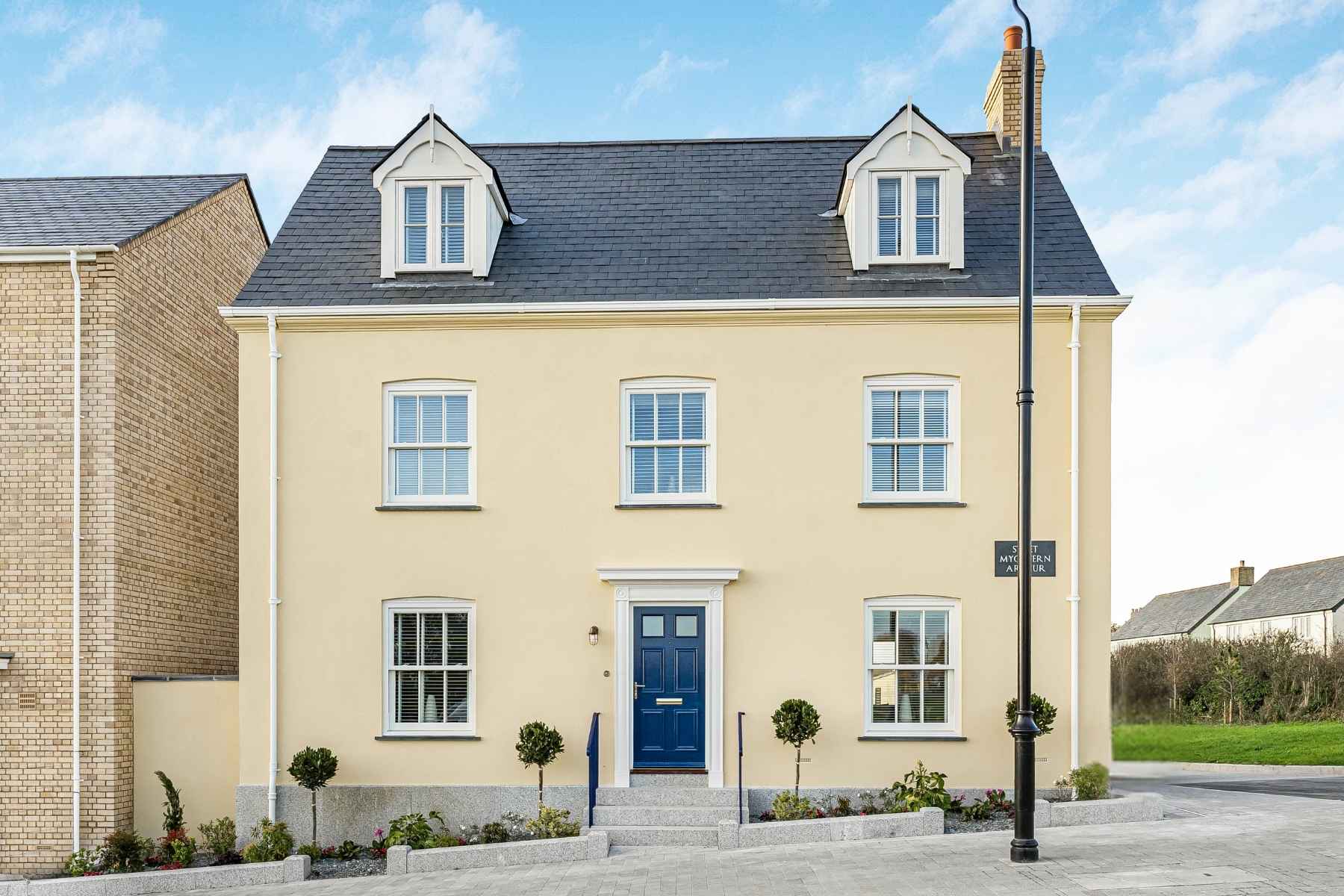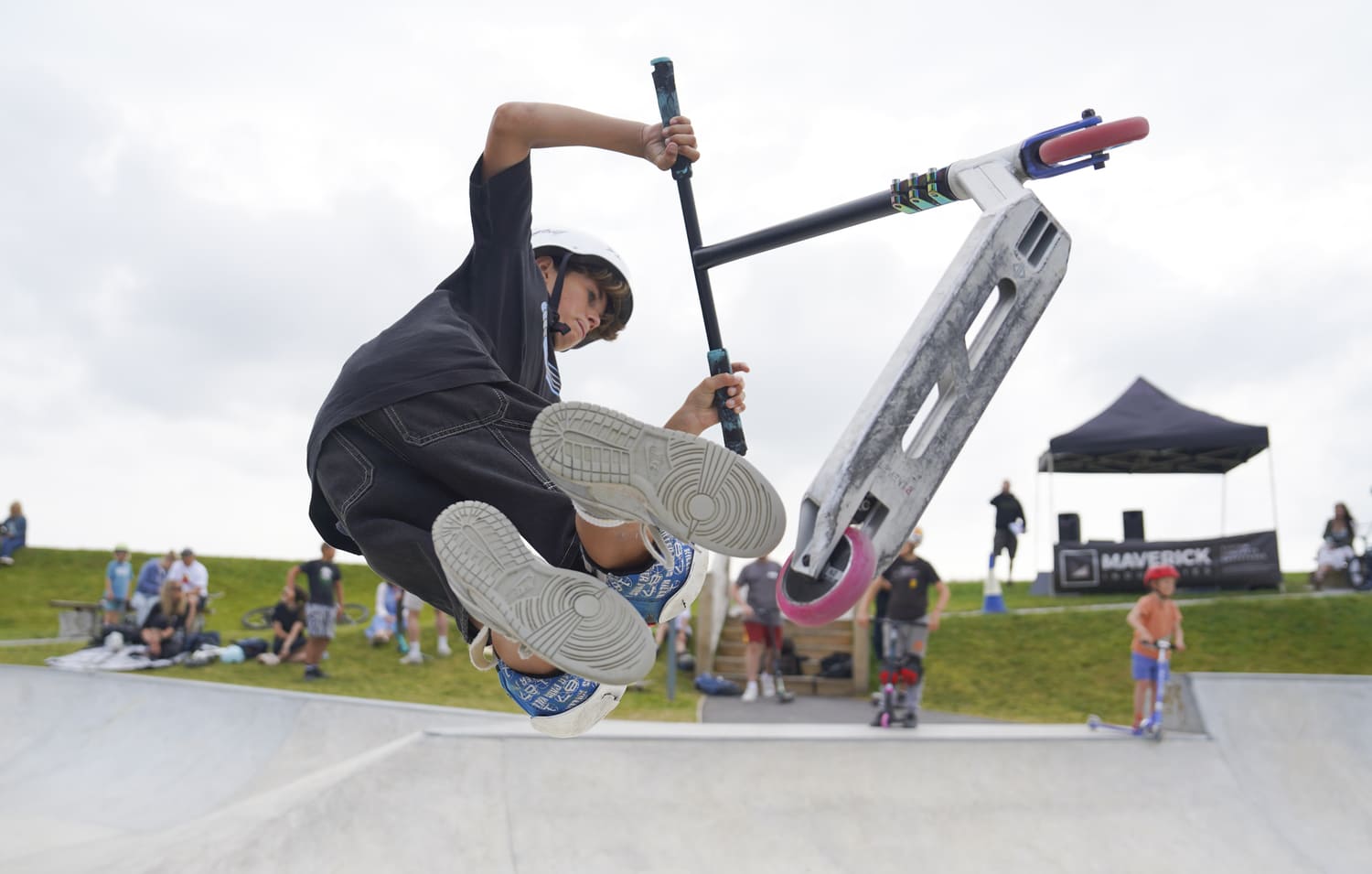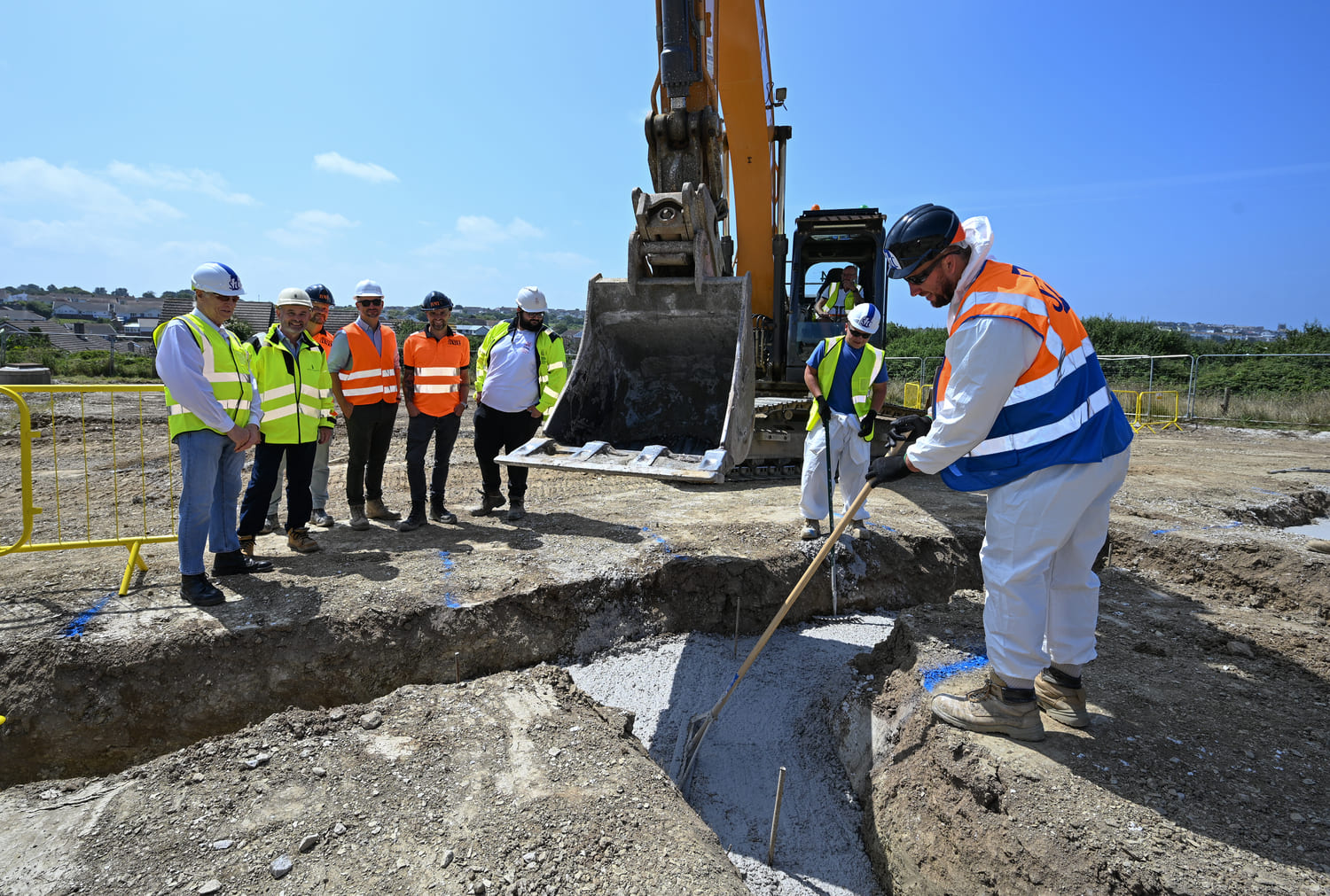The Duchy of Cornwall’s Tim Gray recently addressed the Cornwall and Isles of Scilly Local Nature Partnership’s annual conference in Truro. In the following Q&A Tim reflects on how Nansledan can contribute to environmental growth.
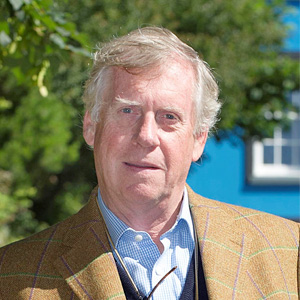
You recently spoke at the CIOSLNP conference?
I did speak briefly about Nansledan but during the course of the morning l learnt a great deal more about a range of initiatives around Cornwall which feel to me like part of a wider movement and left me thinking that Nansledan should feel honoured even to have been included
How would you sum up the approach at Nansledan?
I have always felt that Nansledan should not try to find a place for nature but be a scheme which is shaped by nature. There were relatively few habitat assets but there are some interesting geographical features and most importantly plenty of opportunity to create great habitats.
Do you think development harms the natural environment?
It certainly brings about change. The challenge is to see if that change can, in overall terms, produce dividends. I believe it can. I think there are always solutions, that there is plenty of expertise to assist, and that if you are prepared to go on learning then much can be achieved. It may be more than you would think but you need to grasp the nettle firmly and commit. I do not think in terms of mitigating impacts I think instead about opportunities. If the nation needs more houses then I believe there is no need for the result to be to the overall disadvantage of the natural world.
How did Nansledan’s Green Infrastructure Plan take shape?
It may yet evolve to advantage but the current plan (see below) was made through public consultation and with help from a range of local organisations and individuals who gave up their time and attended a number of workshops over the years. One of the key objectives was to join up a series of corridors and it remains part of the magic that, by developing a real understanding of the topography, that was easily achievable so long as you put it first rather than trying to make a development Masterplan and then look at what was left over. We are then always looking for neat virtuous circles so as to add value.

Do you have any examples of these?
Three good examples to date. The Food Strategy is another strong driver for Nansledan. Reinforcing the corridors is important and so my plan for edible streets is a key part of that. Useful planting is better than ornamental yet it is also beautiful. At least I think so. If we add our bee bricks into the construction then we have pollinators for all our espalier and cordon fruit. The edible streets themselves are good in terms of food and shelter for birds. Common sense works!
The demand for allotment gardens is huge and so we provide these often before houses are occupied using space that might otherwise have been ornamentally planted as a public square or fenced off as a play space. I put the play space within the allotment gardens and we hope that the social exchange that allotment gardens afford is really helpful in building community. That appears to be the case so far with the gardens at Tretherras, at a rejuvenated Fairpark, and now at Quintrell Downs.
The third example is the solution to a big problem. Development produces vast amounts of spoil which has to be removed. Normally this is carted away to be dumped but the environmental and financial cost is frightening. On average every house generates about 100 cubic metres of spoil by the time that you allow for roads, drains, and services. Do the maths! So I proposed that we deal with spoil in the immediate hinterland. At Riel we will build an elegant means to capture and retain our rainwater; below that on a terrace created from the spoil we have kitchen gardens; and on the terraces below another Community Orchard to match the splendid scheme being made by Luke Berkeley at Tretherras. And below that we have grazing parkland. All of which use the spoil to advantage and can be irrigated by gravity.
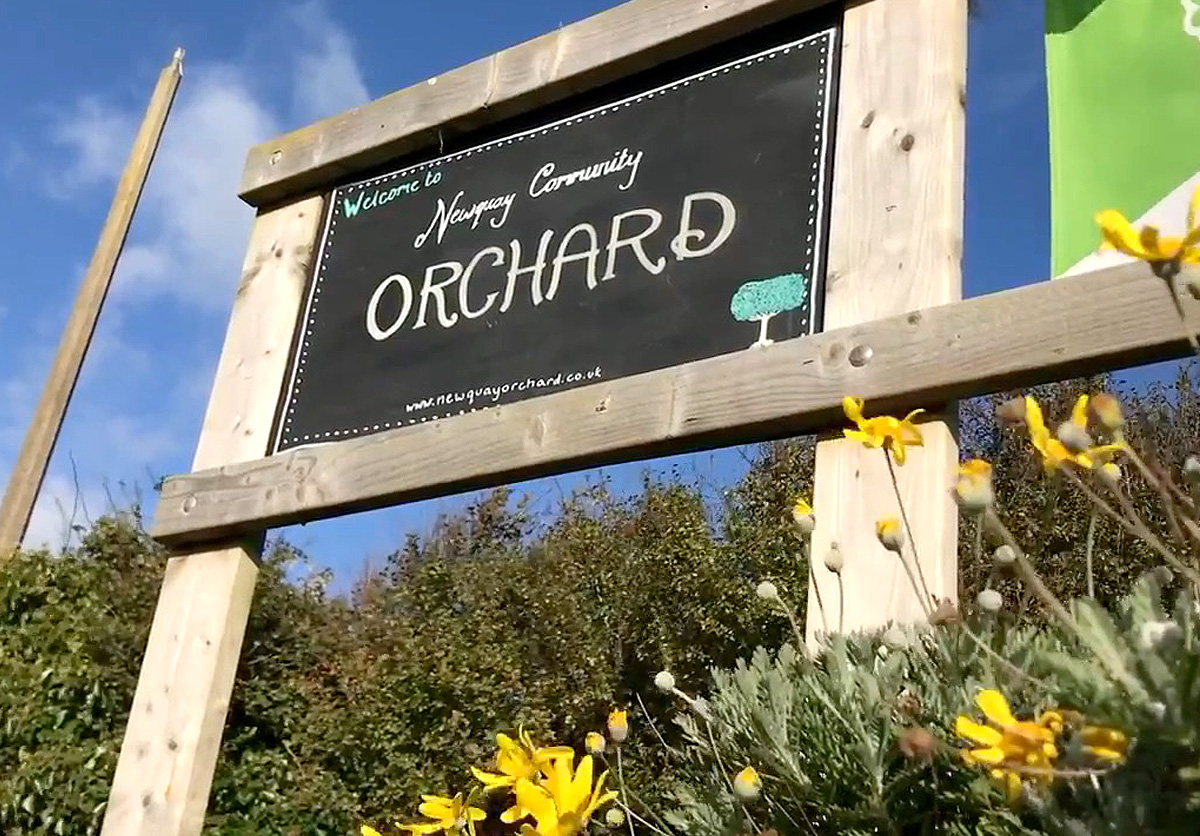
A similar approach is adopted at Park an Chapel between Quintrell Downs and Nansledan. The use of spoil here does two things. It reassures the residents of Quintrell Downs that they will always be separated from Nansledan since you can’t build on spoil. But when completed the land will include two allotment gardens, one under way, another Community Orchard, and productive parkland which can be used by our proposed Urban Farm at Gusti Vean. This means that although separated in terms of future development the two places are very open, walkable, and connected and, by these uses, will also be joined as two communities.
Neither of the spoil strategies would have been possible, as is the case with so much at Nansledan, without the belief and support shown by Cornwall Council. In May 2004 at the opening of the Enquiry by Design exercise which concluded in October of that year the then CEOs of what was then Restormel BC and Cornwall CC asked me to plan for fifty years ahead. I can’t emphasise how important a gift that was. Very little of what you see today, and I hope in the future, would have been possible without that visionary approach and subsequent support.
You mention an Urban Farm?
It’s early days. We hope that we can create a small farm growing food very simply for residents and also offering an educational opportunity for our new Primary School. There is enough land available being the slightly steeper land we will not develop as well as Park an Chapel to make sense of some fairly traditional farming. There is a very good range of beautiful old farm buildings at Gusti Vean which would need to brought back to life. We also think that we can develop a little plant nursery so that we can grow on our stock for the edible streets and other more traditional planting within the scheme. We also hope to develop an Estate Yard in this area which will be a base for our building trades but also a centre for apprenticeships and training not least for the amazing skills being used on site by the craftsmen working with Cornish slate and granite. This area of Nansledan may become a hub for the management of all the Green Infrastructure across the whole of Nansledan. There’s an exciting opportunity.
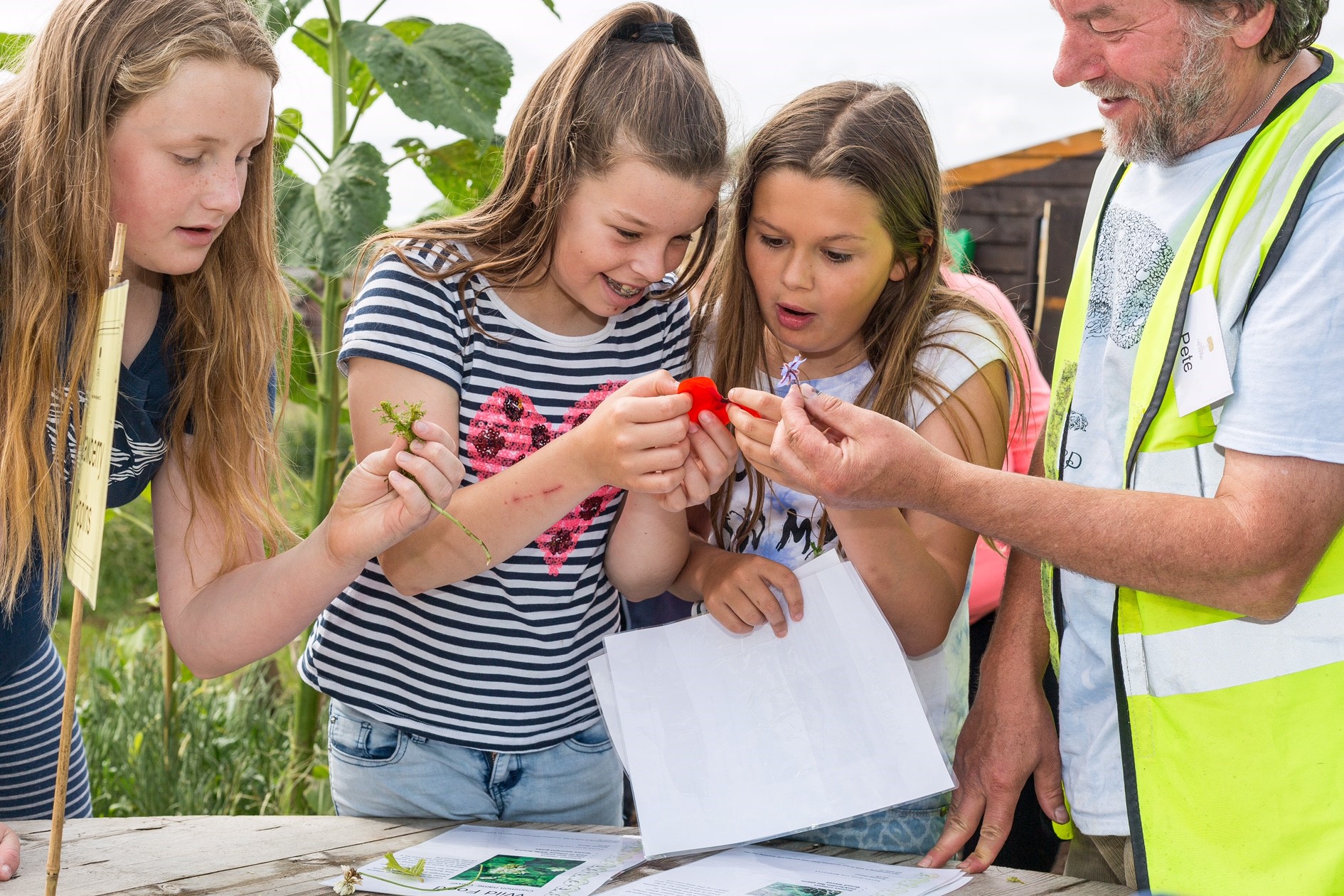
What is the key message?
It’s not a message but a plea. I have only learnt what I know by asking. Our bird box scheme, principally for migratory birds, was only made possible by asking for help from Stephen Fitt at the RSPB. We would have made a complete mess of it otherwise. And that is just one example. So what I am worried about is what I don’t know and should be doing while we have the opportunity to plan and incorporate into the scheme. I’m trying to think about provision for hedgehogs. And there must be other species we should be considering. So please be in touch if you think you can help and please get involved so that we can learn to do things better.

